I’ve seen photographs of my mum with Farrah-Fawcett waves, but by the time I was old enough to remember, she’d given Farrah the chop. Instead, she had what’s known (sometimes disparagingly) as a mum cut. Her hair was short, curly and practical, though still stylish – the no-nonsense follicular equivalent of a pair of Church’s brogues. And she wasn’t the only one; almost every mum in my 1980s playground had a similarly cropped style.
Not anymore.
Look around a room of 30 and 40-something women, and I guarantee that at least half the women there will have the same shoulder-length to long hair they’ve been wearing since their teens. It’ll be glossy, probably lightly curled and will fall to their shoulders in what one UK writer calls ‘Disney hair’. Right now, I am one of those women.
Am I rebelling in a disappointingly obvious way against my childhood, or rejecting the relentless march of age with my oh-so-youthful locks? Or is it just that there’s no generic ‘mum cut’ anymore? Whatever the case, I’m far from alone.
On Instagram right now, pretty much every influencer I follow is tripping round Europe, adorable kids in tow, with their long hair worn loose and lovely over gorgeous Prairie dresses. Apart from stirring intense feelings of jealousy, these flowing locks also seem to evoke youth and freedom.
Meanwhile, the market for the tools that produce this look is “booming”, according to the latest research out of the US. The global hair styling equipment market (which is now mostly made up of at-home tools) is predicted to be worth $28 billion by 2024.
“Hair styling products that do not harm consumer’s hair are in high demand,” declares the report – an observation that’s borne out by last year’s excitement around the launch of the Dyson Airwrap. A styling tool that uses vacuum technology to curl and smooth hair, the AirWrap was released here in October and sold out in days, despite its $799 price tag.
One of Instagram’s most stylish supporters of a bouncy blow wave is Tash Sefton, style consultant and co-founder of They All Hate Us and Where Did Your Style Go? “I’ve had long hair my whole life, thanks to Sarah Jessica Parker in the teen movie I was obsessed with – Girls Just Want To Have Fun,” she says. “I’ve cut my hair short twice, both times after giving birth. I didn’t feel myself with my pregnancy and post-pregnancy body, so I thought a hair cut would transform me. I look back at the photos and think I look so much older.”
Melbourne celebrity hairdresser Joey Scandizzo says that while his clients have “a real mix” of styles, he has also sees a lot of women who are “tied” to their long hair. “They’re always telling me it’s easier to manage, because on the days they don’t feel like blowdrying they can just put it up to get it out of the way. A lot of them also believe it makes them feel younger.”
Hair length has always signified so much more than just practicality, of course. It is political. Throughout history, women have styled it in ways that signal class, or wealth or aspiration (apparently, some 16th century women would pluck their hairline in imitation of Elizabeth I’s high forehead).
And when women such as Coco Chanel chopped off their hair in the 1920s, they were making a statement of independence. “Chanel said: A woman who cuts her hair is about to change her life’,” says Michelle Espinoza, a Perth hairdresser whose Master’s degree in cultural studies from Sydney University considered the personal politics of hair.
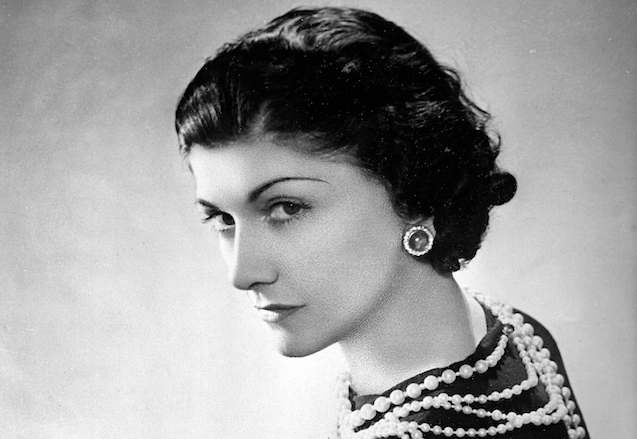
But for some women, cutting your hair was also a sign that a youthful period of your life was coming to a close. “Growing up, Mum said that women reach a certain point in life and they get a sensible haircut,” says Melbourne author Hilary Rogers, whose Girltopia books explore young girls’ empowerment. “It was a capitulation in many ways. I remember Mum saying she thought it was ‘creepy’ that some older women had long hair because, from behind, they’d look quite young.” She adds wryly: “Imagine the horror of that.”
Even now, these expectations persist. “Now that I have long hair as an older woman, I get told that ‘it’s too long for my age’,” says Sefton. “I find it really strange that hair length apparently has an age limit.”
Traditionally, too, almost all female politicians have had short hair or a ‘pob’ (power bob), perhaps in order to concentrate our minds on their politics rather than the quality of their blow dry. New Zealand Prime Minister Jacinda Arden is one of the notable exceptions. Sometimes her hair is tied back in a sleek pony, or pulled up in a bun, or it falls loosely over her shoulders. Even now she has a child, she’s bravely resisted the scissors.
Perhaps Arden’s choice to keep her hair long is simply a sign that we’re living in an era where, thank god, you can wear your hair long even after you’ve had kids. Or you can cut it. Or dye it blue – whatever. Motherhood doesn’t have to signify The End Of Fun, of course, and if you have long hair you can still be taken seriously. For some women, hair becomes part of their signature look – certainly for women like Sefton. “My hair gives me so much confidence and is kinda my thing,” she says.
“I think we’re lucky to live in a time where anything goes,” adds Scandizzo. “It’s really whatever you feel comfortable with.”




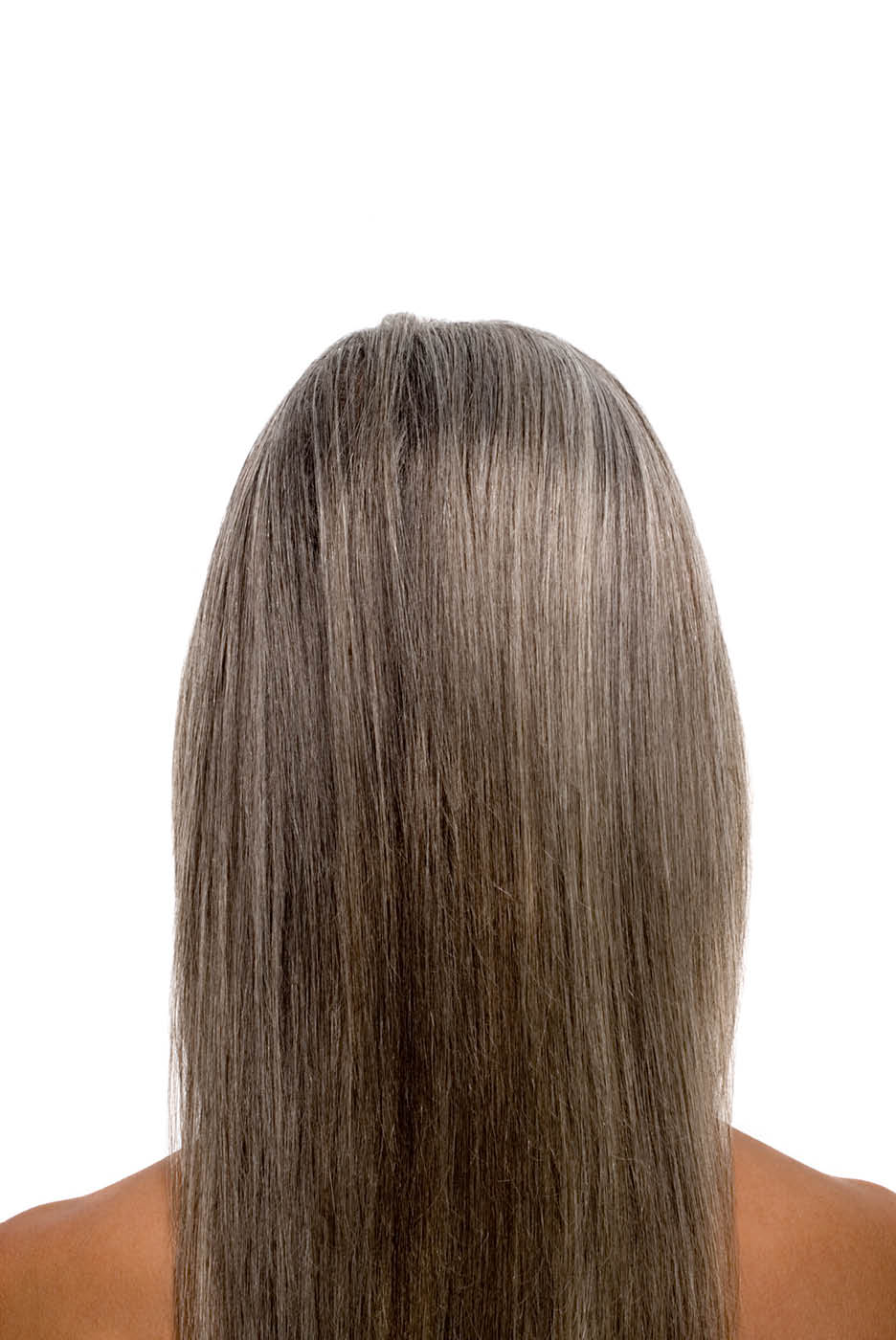
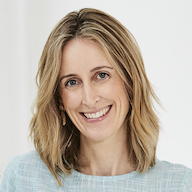

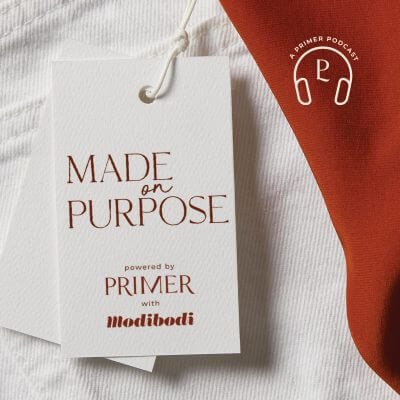
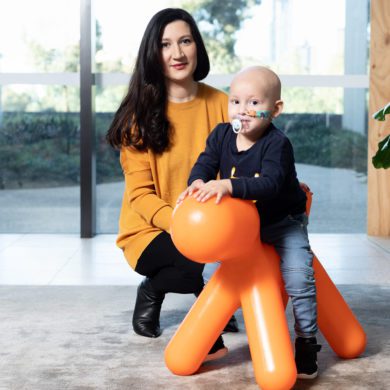
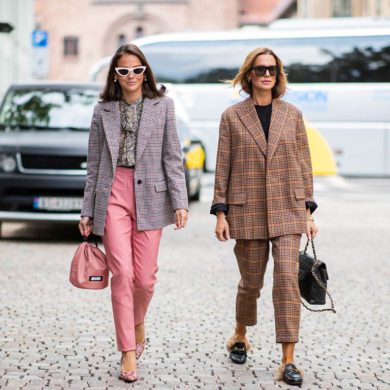
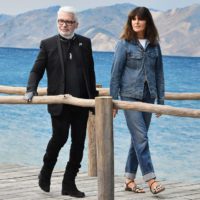
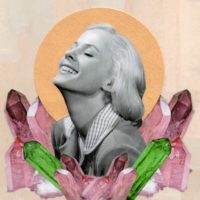

No Comments